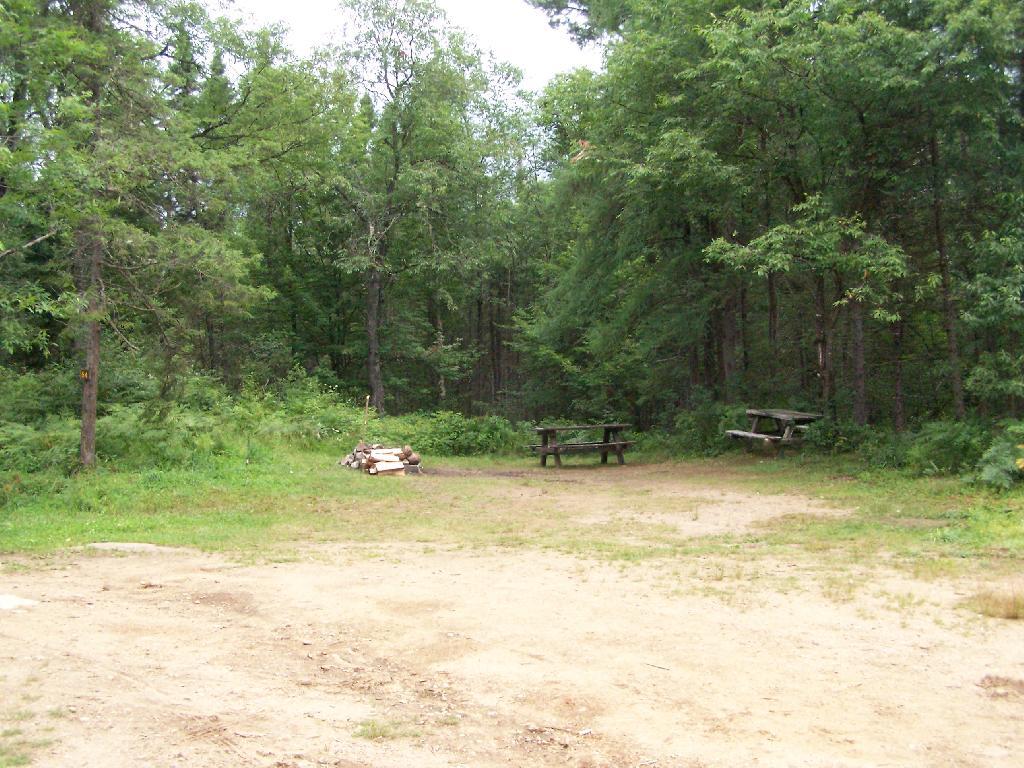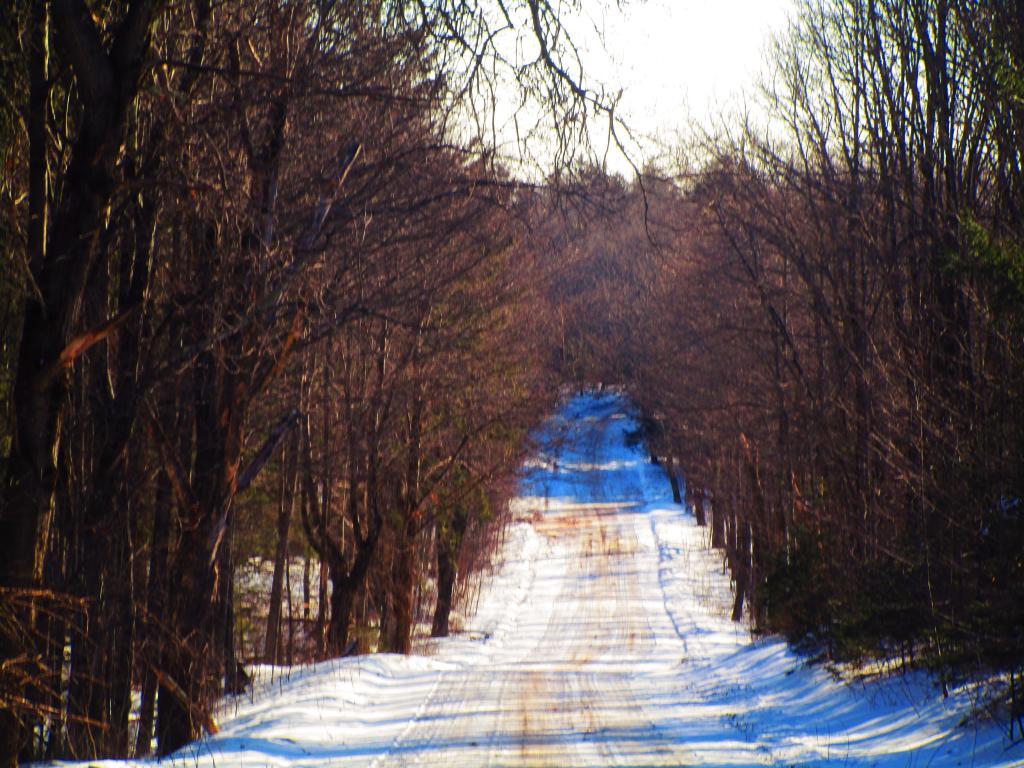Public Comment – Best Management Plan for Primitive Tent Sites
To whom it may concern:
The “Best Management Plan for Primitive Tent Sites” is an illegal and unlawful plan if adopted would have the effect of banning roadside camping across the Adirondacks, including at popular areas such as Moose River Plains, Streeter Lake, Smith Road, Piseco-Powley Road, Moose Club Way, Northwoods Club Road, NY Route 8, Hope Falls Road, Union Falls Pond, among many others.
Roadside camping brings thousands of people to the Adirondack Park every year – people who might instead plan vacations in other states like Pennsylvania and Vermont – which permit a much wide variety of camping opportunities. This would hurt local small businesses, along with depriving the state of tax revenue and sales of hunting and fishing licenses.
1) Increase public comment period and hold public hearings across the state.
As this is a drastic change in long-standing public policy, there should be no less then ten (10) public hearings across the state on this proposal. Such hearings should occur in all regions of state from Western New York to Long Island. The state should do extensive press out reach on the proposal. The public comment period should be extended for 90 days, to ensure adequate public participation pursuant to SEQRA and other environmental laws.
2) Oppose banning vehicles from parking in camping areas
A big reason people choose to do roadside camping over wilderness camping is for ease of carrying camping supplies back to the site. Roadside campers often have heavy tents, cots, cast iron pots, lanterns, electric lights, and other gear that is not easily brought back in wilderness. Additional reasons include the use of pickup truck campers, recreational vehicles, electricity generation via vehicle batteries.
If people want to wilderness camp, that is their choice, there is hundreds of thousands of acres of public land available. Wilderness camping should be done more then 150 feet from existing trail, road, or water to protect natural resources.
Roadside camping should be permitted in designated campsites, on existing driveways, allowing registered motor vehicles, pickup campers, or RVs to access the site. Tent camping should also be allowed in designated roadside campsites. An amendment is required to Adirondack State Land Master Plan to properly address “designated roadside camping”.
3) 100 foot set back from parking areas is inconsistent with state laws, regulations, and rules
Nowhere in the Adirondack State Land Master Plan does it say that new campsites should be located 100 feet from Single Lane Parking Areas. The concept of Single Lane Parking Areas is not in the Adirondack State Land Master Plan (APSLMP) and is clearly an unlawful new use in Wild Forest-areas. The only parking areas permitted under APSLMP is at Fishing and Waterway sites, and Trailhead Parking. Campsite parking areas are not a permitted use in Wild Forest-areas.
Designated primitive tent sites MUST be located 150 feet away from roads, trails, and water. Designated primitive tent sites may not offer parking. Existing regulations and policies cover primitive tent sites in wilderness and other undeveloped areas. The 100 foot setback proposed in the plan is illegal under state law.
As such this proposal is illegal and unlawful under the APSLMP and associated state laws and regulations. The DEC and APA should address roadside camping under an amendment to the Adirondack Park State Land Master Plan, and not by a Best Management Plan, which has no lawful basis under the laws and regulations of this state.
To be clear, the state can not simply amend the APSLMP by adding new permitted use in wild forest areas through a Best Management Plan.
4) Add “Designated Roadside Campsites” as a Permitted Structure and Improvement for Wild Forest in APSLMP
The lawful solution to “Designated Roadside Campsites” is to add it as a permitted use under “Wild Forests”, subheading “Structures and improvements”.
“Designated Roadside Campsites” should be defined in Definitions section of the APSLMP:
25-a. Designated Roadside Camp Site –a designated camp site of an generally undeveloped character providing space for not more than two tents, along with parking for a single motor vehicle, or a small recreational vehicle/pickup truck camper, which may have an associated pit privy and fire ring, designed to accommodate a maximum of eight people on a temporary or transient basis, and located so as to accommodate the need for shelter in a manner least intrusive on the surrounding environment.
Generally, “ Designated Roadside Camp Sites” should follow all of the restrictions of “Primitive Tent Sites” with the exception that such sites would be located on campsite driveways. Campsite size would be restricted to 20 feet wide, and the associated driveway would be no further then 150 feet from the roadway. The driveway itself would be limited to 12 feet wide. Screening would be provided to the greatest extent practical, and campsites would be at least a quarter mile apart EXCEPT at Moose River Plains Camping Area.
Pursuant to the state constitutional restrictions, trees greater then 3” in diameter may not removed in construction of new or relocated designated roadside campsites. This means all new or relocated sites must be located in existing clearings, such as historical meadows, log loading platforms and other areas free of trees.
5) “Best Management for Primitive Tent Sites in Adirondack Park State Forest Preserve except Designated Primitive Tent Sites” is a confusing title at best.
It’s confusing at best to have a “Best Management for Primitive Tent Sites in Adirondack Park State Forest Preserve” and then exempt “Designated Primitive Tent Sites” from the plan per the title. The plan deals with “Designated Primitive Tent Sites”. Maybe the Department’s intent was for the plan only to apply to new or relocated “Designated Primitive Tent Sites” pursuant to an adopted Unit Management Plan. Pursuant to the laws and regulations of our state, a unit’s recreational facilities can not be adjusted until a Final Unit Management Plan has been adopted by APA. The Department’s intent should be clarified with this plan, to avoid confusing to the public.
Thank you for consideration of my comments, and for making the appropriate amendments to the Adirondack State Land Master Plan within the confines of the law.
Sincerely,
Andy Arthur


1 Comment
Dear Andy- Thank you for your well-written letter. I hope it is ok as I quoted you in my letter to the APA for the Public Comment Period
on this issue and just got my letter in today. My letter is at the below Dropbox Link:
Link: https://www.dropbox.com/s/o3ptbq4btb2nwpk/28January16TeresaDeSantis-APA-PrimitiveCampsitePolicyComment.doc?dl=0
I was not really aware that the SLMP had not truly defined roadside campsites until you pointed it out- but always felt uneasy that something was missing. Happy Birthday and All the Best- Teresa